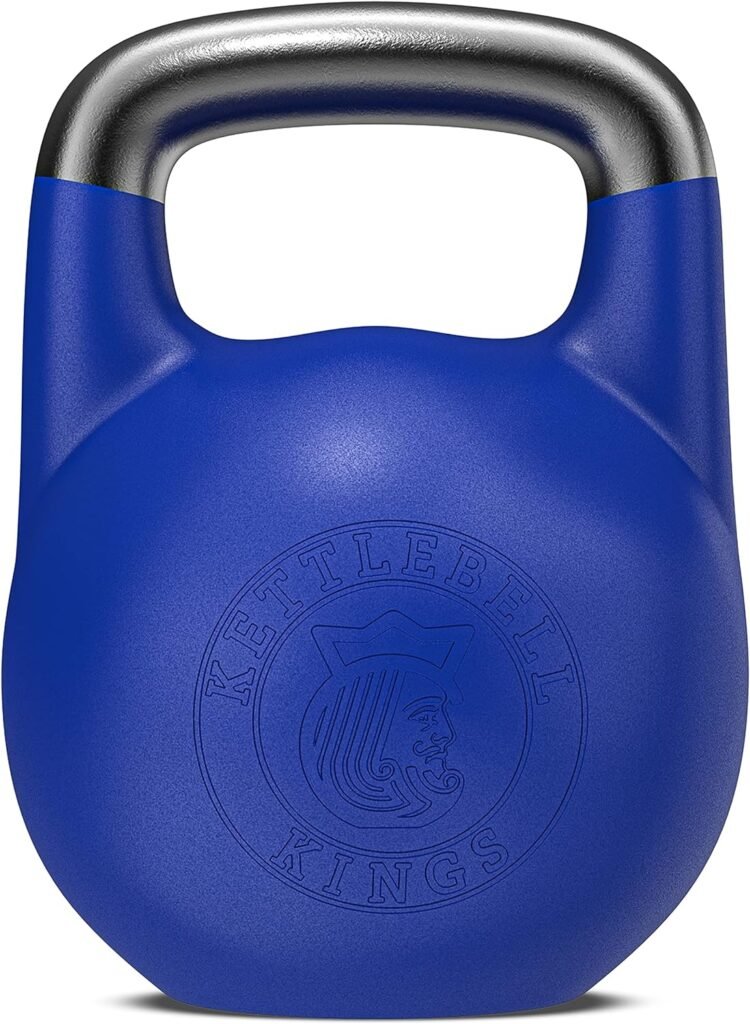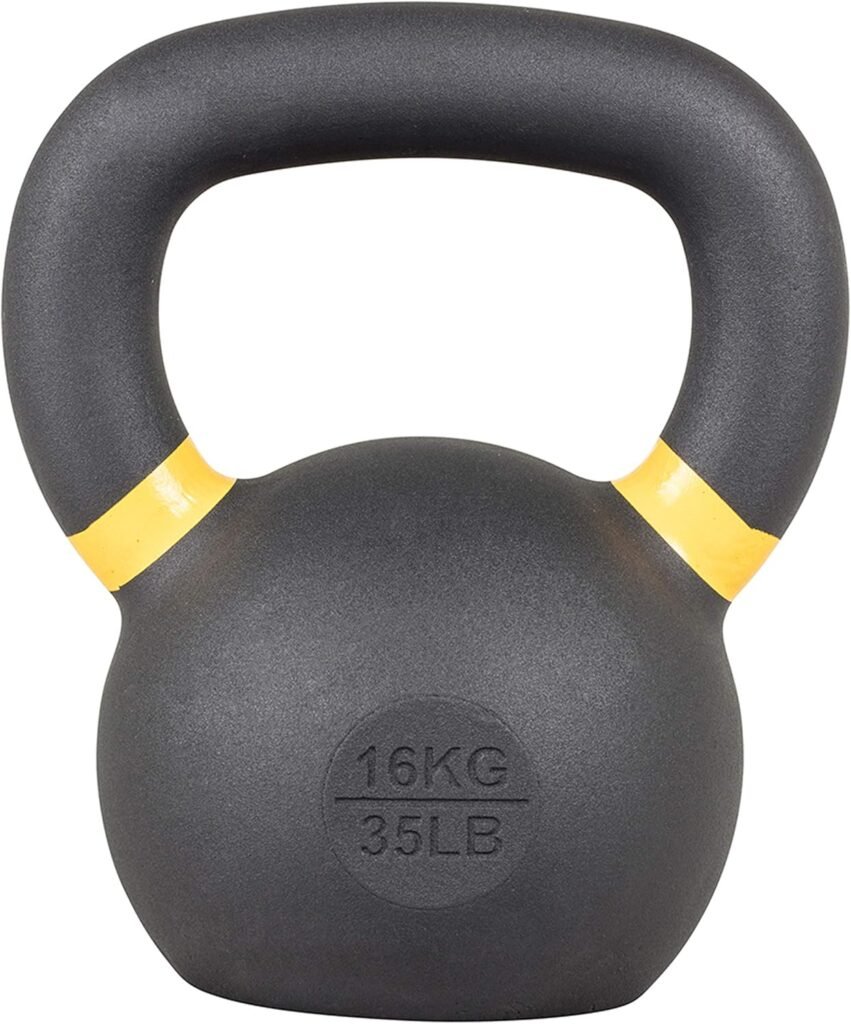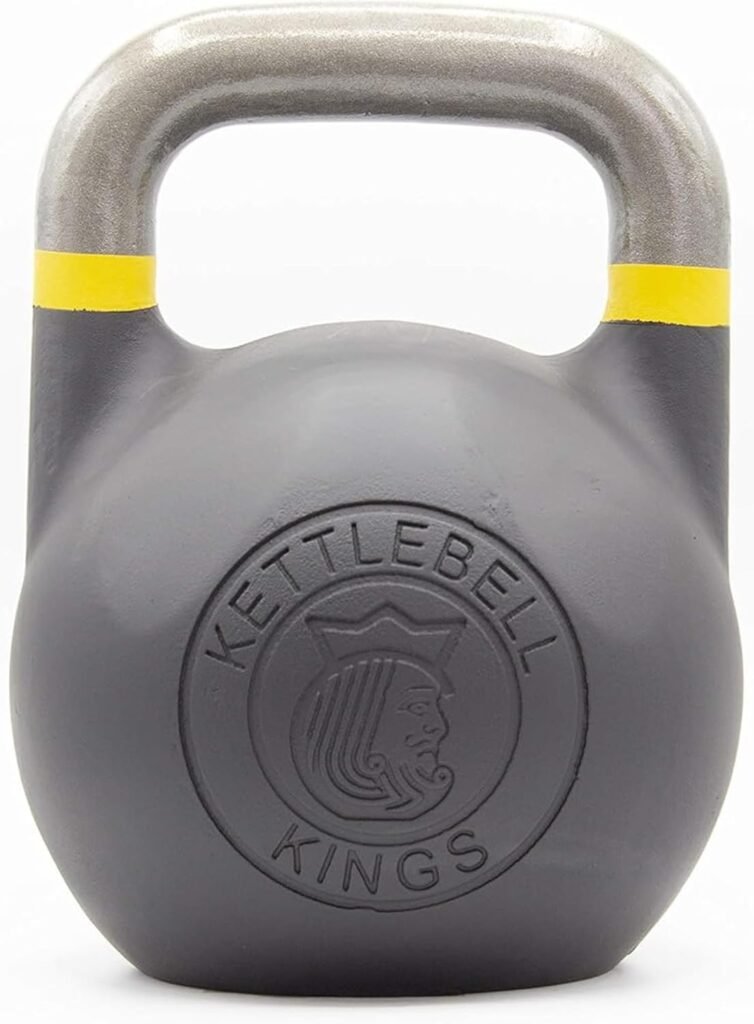Have you ever wondered how kettlebell workouts can enhance your mobility and flexibility? If you’re seeking a broader range of motion and improved agility in your everyday activities or fitness routines, kettlebells might just be the solution you’ve been looking for. Let’s delve into how these versatile weights can work wonders for your body.
You are currently viewing a placeholder content from YouTube. To access the actual content, click the button below. Please note that doing so will share data with third-party providers.
Understanding Mobility and Flexibility
Before we dive into the specifics of kettlebell workouts, it’s essential to grasp what mobility and flexibility mean. Mobility refers to your body’s ability to move freely and easily across a range of motion. In contrast, flexibility is the ability of your muscles and tendons to stretch. Both are crucial for optimal performance in sports and day-to-day activities.
Importance of Mobility
Mobility allows you to perform movements with control, reducing the risk of injury. Improved mobility helps in joint health, enhances workout efficiency, and can even improve posture. Whether you’re picking up groceries or hitting the gym, having good mobility is vital.
Importance of Flexibility
Flexibility helps in maintaining a good range of motion, which can contribute to balanced muscle development. It also combats muscle stiffness, aids in recovery, and boosts overall athletic performance. When your muscles are flexible, they can respond better to the demands of physical activity, whether intense or moderate.
How Kettlebell Workouts Can Help
Kettlebell workouts combine strength training, cardio, and functional movements. This unique blend can significantly impact your mobility and flexibility. Unlike traditional weights, kettlebells require a greater range of motion, encouraging your body to move dynamically.
Dynamic Movements
Kettlebell exercises often incorporate dynamic, full-body movements. This not only builds strength but also enhances your overall mobility. Many kettlebell exercises mimic real-life movements, requiring your joints to go through a complete range of motion, which can promote increased flexibility over time.
Examples of Dynamic Kettlebell Exercises
| Exercise | Description |
|---|---|
| Kettlebell Swings | Involve powerful hip extension and can enhance hip mobility. |
| Turkish Get-Ups | Improve shoulder mobility while engaging the core tightly. |
| Goblet Squats | Encourage deeper squat mobility, targeting hips and knees. |
| Kettlebell Snatches | Promote explosive movement, enhancing shoulder mobility. |
Strengthening Supporting Muscles
Kettlebells also engage stabilizing muscles—those little guys that support larger muscle groups during movement. By strengthening these muscles, you not only improve stability but also enhance your overall mobility.
How Supporting Muscles Contribute
When you strengthen supporting muscles, your joints are better protected, leading to less strain and more fluid movement. For example, strong core muscles support your spine during heavy lifting, allowing for better posture and mobility.

Kettlebell Exercises to Enhance Mobility and Flexibility
There’s a range of kettlebell exercises specifically designed to promote both mobility and flexibility. Below, you’ll find a selection of effective movements to include in your routine.
Kettlebell Swing
The kettlebell swing is one of the most fundamental kettlebell exercises. It primarily targets the hips and glutes while improving overall mobility in the lower body.
How to Do It
- Start Position: Stand with your feet hip-width apart. Hold the kettlebell with both hands, letting it hang in front of you.
- Set Your Hips: Push your hips back and allow the kettlebell to swing between your legs.
- Power Up: Drive through your heels to swing the kettlebell forward and up to shoulder height, keeping your arms straight.
- Lower Back Down: Allow the kettlebell to swing back down naturally, repeating the movement.
Turkish Get-Up
This versatile exercise focuses on improving core stability, shoulder mobility, and overall balance.
How to Do It
- Start Position: Lie on your back with one kettlebell in one hand, straight above your shoulder.
- Roll to Elbow: Push yourself up onto your elbow while keeping the kettlebell overhead.
- Lift to Hand: Push up on your hand, lifting your body off the ground.
- Kneel Up: Shift into a kneeling position, keeping the kettlebell stable.
- Stand Up: From kneeling, stand up fully while maintaining control of the kettlebell above you.
- Reverse the Process: Return to the starting position in a controlled manner.
Goblet Squat
This exercise targets the lower body while enhancing hip mobility and flexibility.
How to Do It
- Start Position: Hold a kettlebell by the horns at your chest level.
- Squat Down: Push your hips back and squat down, keeping your chest up and back straight.
- Depth: Go as low as your mobility allows, ideally below parallel.
- Return to Start: Push through your heels to return to the standing position.
Kettlebell Windmill
The windmill strengthens the shoulders and obliques while improving spinal mobility.
How to Do It
- Start Position: Hold a kettlebell overhead with one arm, with your feet wider than shoulder-width apart.
- Look at the Kettlebell: Keeping your eyes on the kettlebell, hinge at your hips and lower your opposite hand towards the floor.
- Return: Engage your core to return to the start position while controlling the kettlebell overhead.
Kettlebell Snatch
This powerful exercise increases explosiveness and helps loosen the shoulders, promoting flexibility.
How to Do It
- Start Position: Hold the kettlebell between your legs.
- Swing and Lift: Swing it back, then drive through your hips while pulling the kettlebell up and rotating it around your wrist.
- Finish: End with the kettlebell overhead and arm straight.
Incorporating Kettlebells into Your Routine
To effectively improve your mobility and flexibility with kettlebells, it’s essential to incorporate them wisely into your workout routine.
Frequency and Duration
Practicing kettlebell workouts 2-3 times a week can be beneficial. Each session doesn’t need to be lengthy; typically, a 30-45 minute routine is sufficient to see improvements.
Warm-Up and Cool Down
Always begin with a warm-up to prepare your muscles and joints. Dynamic stretches and mobility drills are great for this. After your kettlebell workout, mellow your muscles down with static stretching to maintain flexibility gains.
Listening to Your Body
It’s crucial to pay attention to how your body responds to kettlebell workouts. If you feel excessive strain or discomfort, consult a fitness professional to ensure your form is correct and to modify exercises if needed.

Why Kettlebells Stand Out
Kettlebells offer unique advantages compared to traditional weights. Here’s how they contribute to better mobility and flexibility.
Functional Training
Kettlebells engage multiple muscle groups and replicate everyday movements, making your workouts functional. This means you’re not just building strength but also developing the flexibility needed for real-world activities.
Versatility
Kettlebells can be used for a variety of exercises, targeting different muscle groups while enhancing mobility and flexibility at the same time. Their versatility allows for playful workout routines that can keep you motivated.
Engaging the Core
Kettlebell workouts activate your core muscles significantly, which aids in better support for your spine and enhances your body’s overall mobility.
Joint Stability
Many kettlebell exercises improve joint stability, which is essential for mobility. This stabilization helps lower the risk of injuries while performing various activities, both in the gym and in everyday life.
Tips for Getting Started with Kettlebell Workouts
If you’re eager to start using kettlebells for improving mobility and flexibility, here are some tips to keep in mind.
Start With the Right Weight
Choose a kettlebell that you can handle comfortably while maintaining proper form. It’s advisable to start with a lighter weight and progress as you become more confident in your movements.
Focus on Form
Prioritize correct form over lifting heavier weights. Proper technique will yield better results and help prevent injury. Consider working with a trainer if you are unsure about your form.
Mix It Up
To keep your workouts fresh and engaging, mix various kettlebell exercises. This variety not only makes workouts enjoyable but also challenges different muscle groups and helps prevent plateaus.
Include Mobility Drills
Incorporate specific mobility drills into your routine. These can include hip openers, shoulder dislocates with a resistance band, and dynamic stretches pre- and post-workout.

Conclusion
Kettlebell workouts are a fantastic way to improve both your mobility and flexibility. They engage multiple muscle groups, mimic functional movements, and promote core strength—all essential for a healthy, active lifestyle. If you’re looking to enhance your range of motion and flexibility, give kettlebell workouts a try. With consistent practice, you’ll likely notice significant improvements that will boost your performance in everyday activities and your fitness journey.
So, are you ready to give kettlebells a shot? Your body will thank you for it!











